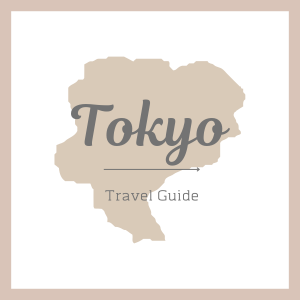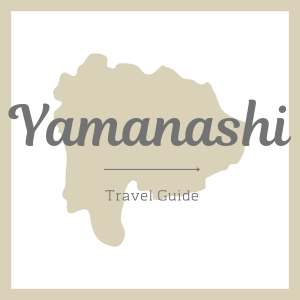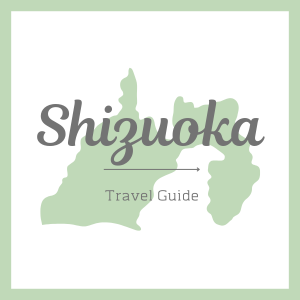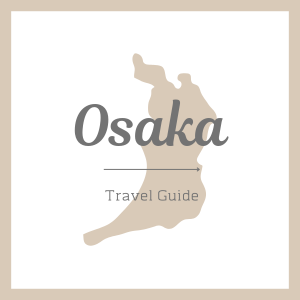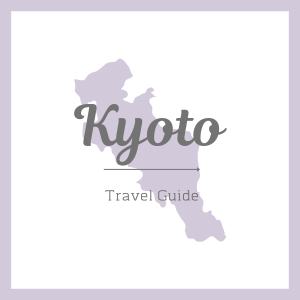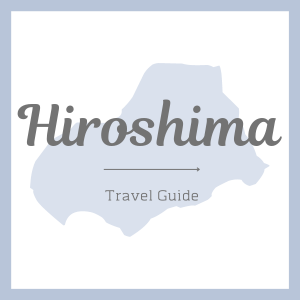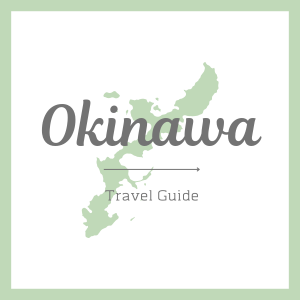What you should eat in Kyoto, Japan on your trip? Here is a list of restaurants and cafes where you can enjoy local and traditional foods, street foods, etc!
Temari Sushi – Handrolled Sushi
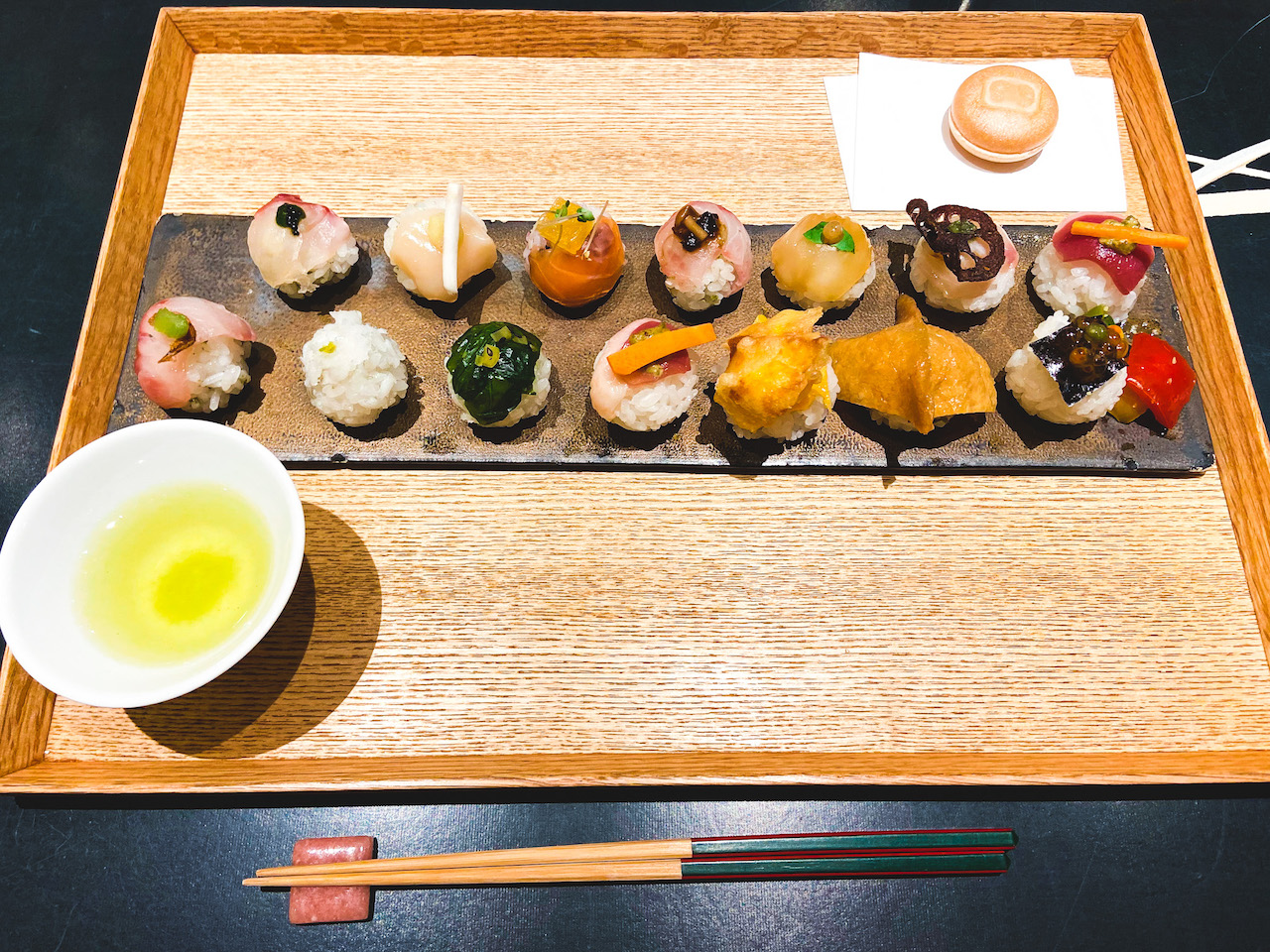
Temari Sushi (Zushi) is a small ball sized sushi. Temari means handball, and usually you can eat a piece of Temari Sushi with one bite.
It was invented for Maiko girls who need to keep their makeup perfect even if they eat something, it’s easy to eat without opening your mouth big.
Where to Eat Temari Sushi in Kyoto?
Gion Mametora
View this post on Instagram
Mametora is located in Gion area, they have small dishes on the small plate named “Mamezara”.
Mame = bean
Zara (Sara) = Plate
They have Mame Sushi Zen (course) for about $50.
- Gion Shijo area
- Lunch available
- Reservation recommended
Mametora Gion – Official Site (Japanese)
Souden – Temari Sushi & Japanese Tea
I went to Souden in Nov 2021. Usually, sushi is a bit pricy, however a set of 14 pieces of Temari Sushi costs about $20 at Souden. They also have a lot of good Japanese teas.
- Kyoto Karasuma / Shijo area
- Lunch available
- Reservation recommended
Souden – Official site (Japanese)
Obanzai
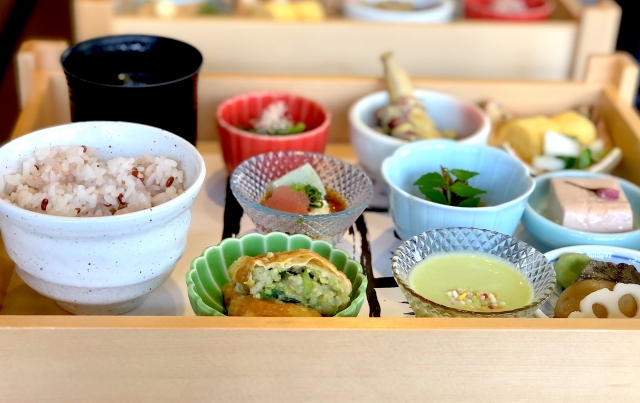
Obanzai is home-cooked meal (side dish) in Kyoto, the word “Obanzai” is from Kyoto, too. Usually using Kyo-Yasai (Kyoto’s Veggies) and seasonal ingredients, very simple seasoning, but tasting great and healthy.
If you go to the restaurant where you can eat Obanzai, normally you will get rice, soup (i.e. miso soup), and some kinds of side dishes.
Obanzai Restaurant
Izama – Beautiful Obanzai in Kyoto Shijo
Miyako Yasai Kamo – Buffet Style Obanzai in Karasuma and Kyoto station
Arashiyama Gyatei – Many obanzais in a small plate in Arashiyama
Yudofu (Boiled Tofu)
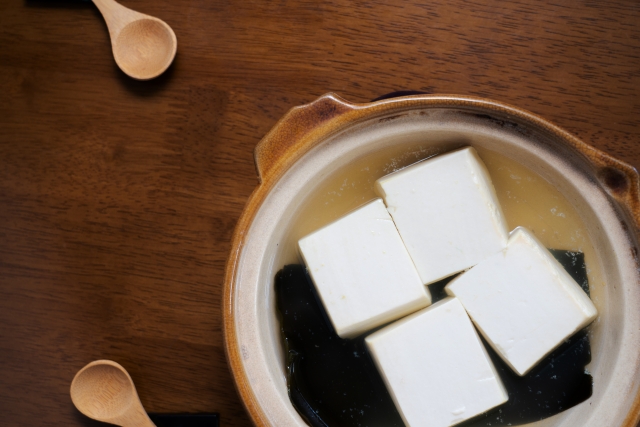
Kyoto has good water and it’s perfect to make Tofu. And Tofu is good protein that vegetarian can eat which is great for monks.
Just let you know that Yudofu is not cheap if you eat at restaurant.
Yudofu Restaurant in Kyoto
Tousuiro in Gion and Kiyamachi (riverside)
Okabeya in Kiyomizu
Yuba
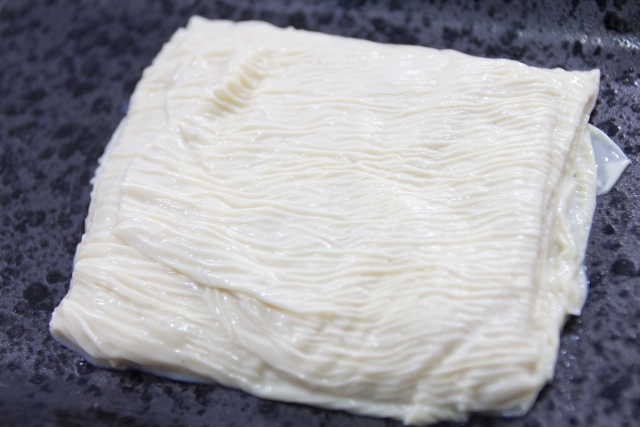
Yuba came from China to Kyoto around 1200 years ago, and it was started to be used for Buddhist cuisine (vegetarian). It tastes like Tofu (technically almost same ingredients) with soft and smooth texture, and it’s healthy! You might like it if you like Tofu.
Restaurants for Yuba
Nishin Soba Noodle
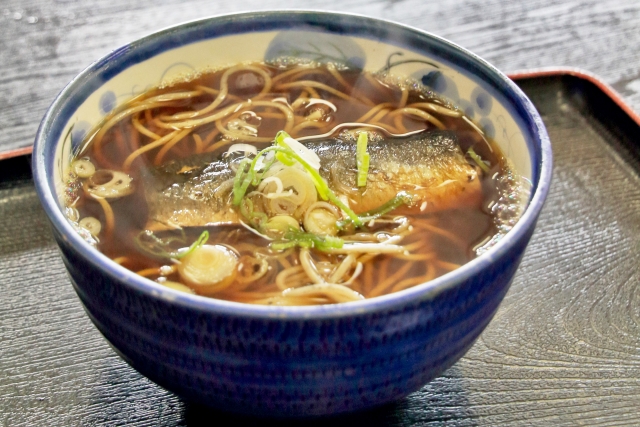
Nishin soba noodle looks very interesting, doesnt it? It’s soba noodle with a candied Nishin on the top. It was invented in 1881 by Yosakichi Matsuno who was the owner of Matsuba, and he thought it’s well balanced and healthy food.
To be honest with you, I don’t like candied fish, so i don’t t eat. Although, i like soba noodle!
Where to Eat Nishin Soba?
- Matsuba (est.1861) – the origin of Nishin soba
- Gontaro (est.1910) – their Dashi (using to make soup) is very good!
My husband had Nishin Soba noodle, and i had Chicken namba soba noodle at Gontaro when we visited Nishiki Market.

Uji Matcha
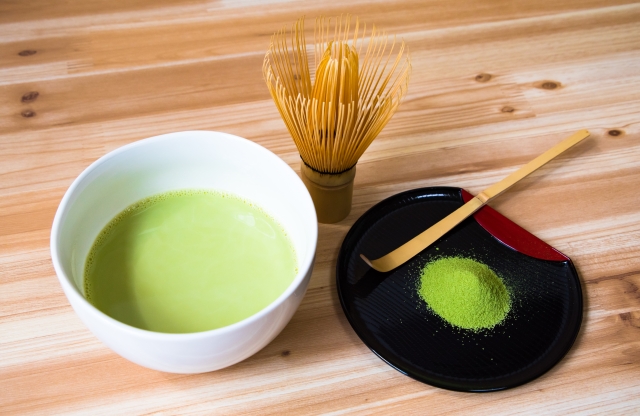
Uji Matcha is from Uji, Kyoto, and one of 3 biggest teas with Shizuoka tea and Sayama tea.
Matcha Drink
Have you ever drink authentic matcha? I had Matcha drinks outside of Japan, but usually it’s too sweet. Matcha is not sweet but soft, actually. You can find a lot of shops selling Matcha drinks in Kyoto, and they might ask you if you want some sweetness in it if you order. I recommend you to try authentic one 😉
Matcha Sweets
If you like something sweet, you can get a matcha softserved, parfait, dango, etc. You can find a lot of desserts using matcha in Kyoto.
Matcha Cafe & Restaurant
Here are some cafes and restaurants where you can enjoy Matcha drinks and sweets. You can have a cup of matcha at some temples, too.
- Saryo Fukucha by Fukujuen (est.1790 *Fukujuen as a tea dealer)
- Nakamura Tokichi (est.1854)
- Tsujiri (est.1860)
Aburi mochi – Kyoto Original Mochi
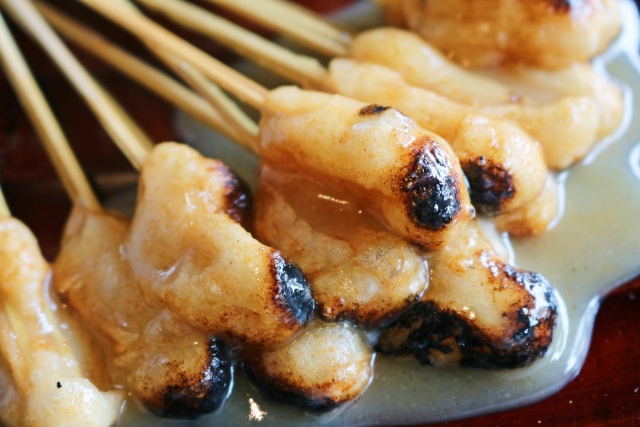
On the way to get Imamiya Jinja Shrine, there are 2 famous shops where you can eat Aburi Mochi. The shops are facing each other, both of them have a long history.. Ichiwa was established in 1000 and Kazariya was established in 1639.
How to make Aburi Mochi? They put Kinako (soybeans powder) on Mochi, stick and broil it, then put special shiro(white) miso based sauce.
- Ichiwa (est. 1000)
- Kazariya (est. 1639)
Yatsuhashi – Kyoto’s Famous Sweet
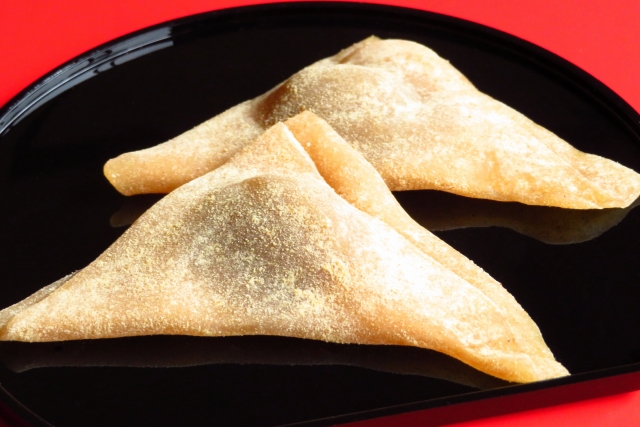
Yatsuhashi is one of the most famous Kyoto sweets! A lot of people buy it when they visit Kyoto.
It was originally invented in the middle of Edo period (according to some records, it says in 1689), it was a baked-sweet at that time. In 1960, Nama (raw) Yatsuhashi was invented, this is not baked but steamed. Then a company named Biju invented to put some “An” inside of Nama-Yatsuhasi. They usually use cinnamon, so be noted if you have an allergy.
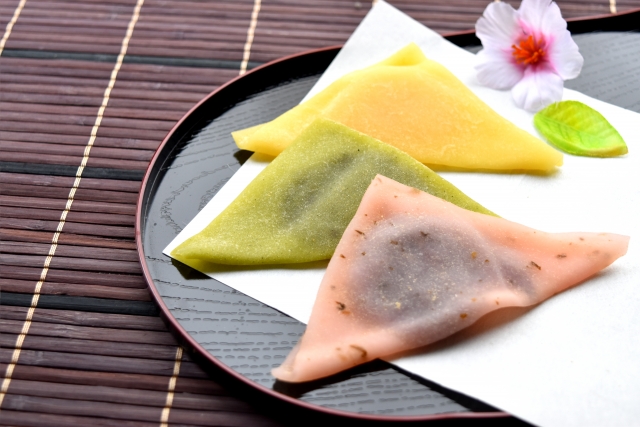
There are many varieties of Yatsuhashi, find some flavors you’d like 😉 I personally like the normal one, and also matcha. I used to like chocolate one too.
Yatsuhashi Shops
- Shogoin Yatsuhashi Shohonten (est. 1689)
- Honke Nishio Yatsuhashi (est. 1689)
There are so many good foods in Kyoto, and hope you can enjoy local and traditional foods, especially at restaurants and cafes which has a long history!


